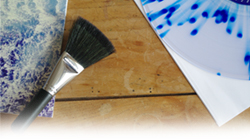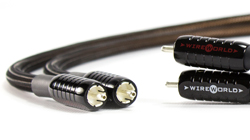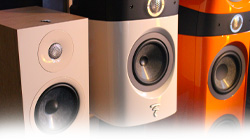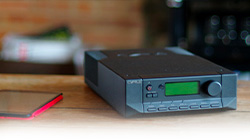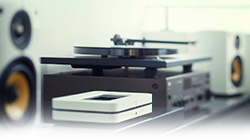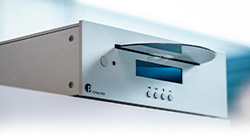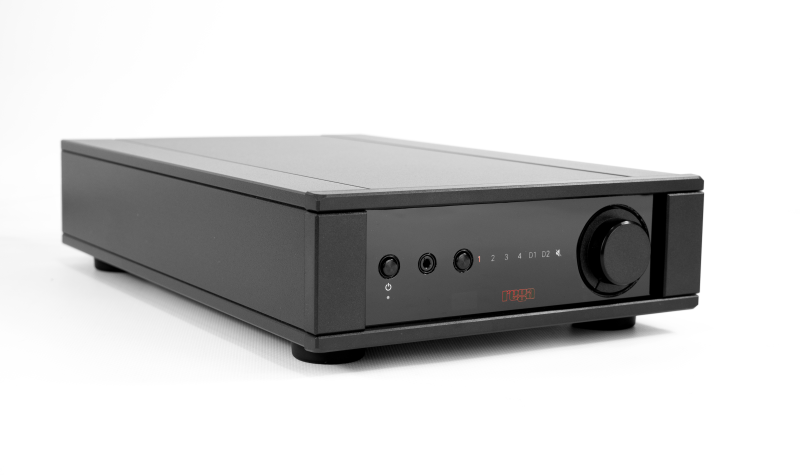
For over three decades, the name Brio has resonated as an essential benchmark in the world of high-fidelity integrated amplifiers. With the Brio MK7, British manufacturer Rega has once again pushed the boundaries of what already seemed to be near perfection. But to understand the significance of this evolution, it’s first important to understand the fundamental role an integrated amplifier plays in a hi-fi system.
Understanding the integrated amplifier: the beating heart of your audio system
An integrated amplifier is much more than just an electronic component in your audio setup. It truly acts as the conductor of your hi-fi system, precisely orchestrating every note that reaches your ears. To fully grasp its importance, think of it as the cardiovascular system of your audio system: it receives weak signals from your sources (turntable, CD player, streamer), amplifies them with finesse, and then powerfully distributes them to your speakers.
The differences with a preamplifier or a power amp?
- The preamplifier alone cannot power speakers, it amplifies and processes the low-level audio signal (from a source such as a turntable or CD).
- The power amplifier receives the preamplified signal and boosts it enough to drive the speakers.
The Brio legacy: thirty years of constant evolution
The Brio’s story began in the 1980s, when Rega developed its vision of an accessible integrated amplifier without compromising on sound quality. Each generation has marked its era with significant innovations, while maintaining the British ethos of prioritizing musicality over the pursuit of technical specifications.
| Generation | Year | Power | Innovations |
| Brio Original | 1991 | 30W | First model, minimalist circuit |
| Brio 2000 | 2000 | 35W | Improved nutrition |
| Brio 3 | 2005 | 40W | Integrated phono preamp |
| Brio-R | 2010 | 50W | New chassis, redesigned circuit |
| Brio 2017 | 2017 | 50W | Advanced MM phono stage |
The Brio MK7: an aesthetic and technical rebirth
A design reimagined for the modern era
The most striking evolution of the Brio MK7 lies in its aesthetic transformation. Gone are the rounded shapes characteristic of previous generations: replaced by an angular, contemporary design that borrows its codes from the brand’s high-end products. This cast aluminum casing plays a dual role: it provides rigidity that reduces vibrations while also acting as a heat sink for the power transistors, thus ensuring optimal operation even during prolonged listening at high volumes.
The sleek front panel remains true to the Rega ethos: a large rotary volume knob, symbolizing ease of use, accompanied by a small push button for selecting the six available inputs. The red backlit Rega logo on power-up adds a touch of understated elegance, while the strategically positioned 3.5mm headphone output demonstrates the attention paid to quality on-the-go listening.
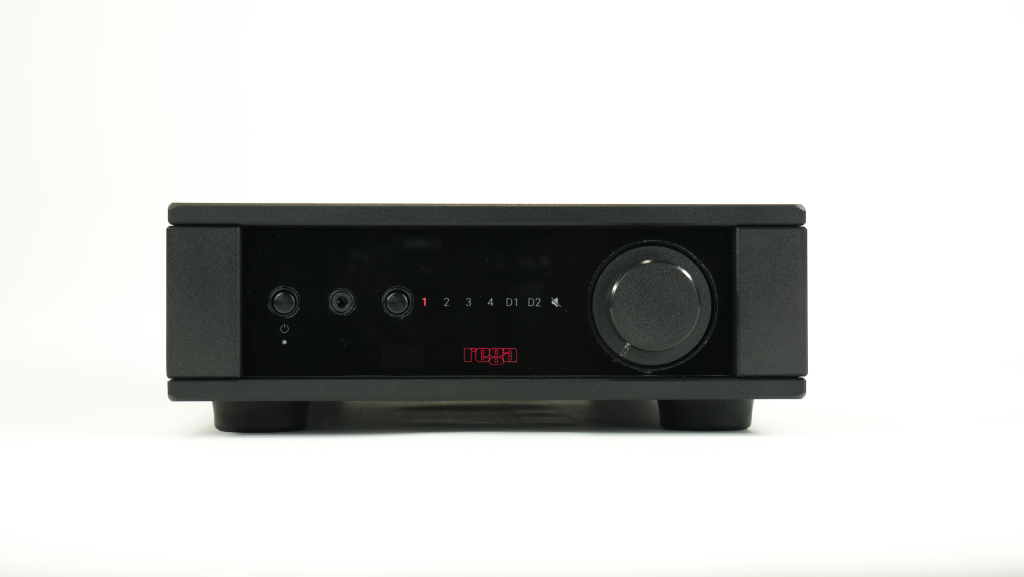
Advanced electronics
- Power and control
Under the hood, the Brio MK7 reveals substantial improvements over its predecessor. The heart of the system is Sanken transistors renowned for their linearity, powered by an oversized toroidal transformer that guarantees a stable and quiet power supply. This combination allows the MK7 to deliver 50 watts per channel into 8 ohms and 72 watts into 6 ohms, more than enough power to drive the vast majority of hi-fi speakers on the market.
- Impedancer epresents the resistance that a speaker presents to electrical current. A lower impedance allows the amplifier to deliver more power, but also requires a higher current capacity.
The fact that the Brio MK7 naturally increases its power from 8 to 6 ohms is a testament to the quality of its power supply and its ability to adapt to different types of speakers.
- Phono preamp
The major innovation concerns the phono stage, which now receives a dedicated power supply with its own rectification, filtering, and regulation circuitry. This special attention paid to the phono input is not surprising from Rega, a renowned manufacturer of vinyl turntables. It allows the full potential of moving magnet (MM) cartridges to be exploited without the need for an external phono preamplifier.
- Redesigned headphone circuit
The headphone amplification has also undergone a complete overhaul. The circuit has been cleverly designed to minimize its impact on the main signal path, ensuring that the amplifier’s overall sound quality is not compromised. Special attention has been paid to the switch that disables the speakers when headphones are plugged in, preventing any signal degradation.
Enhanced connectivity for all your sources
The big new feature of the Brio MK7 is the addition of two digital inputs: one coaxial S/PDIF and one optical Toslink, feeding a high-quality internal DAC.
- Why do you need a DAC integrated into an amplifier?
The answer lies in the evolution of listening habits. Today, many audiophiles want to connect their computer, network player, or even their television directly to their amplifier. Without a built-in DAC, you’d have to invest in an external converter, with the associated space and budget constraints.
These inputs perfectly complement the four pairs of analog RCA jacks, one of which features a unique MM phono preamp. In addition, the new all-metal speaker terminal accepts both banana and spade-equipped cables, adapting to individual preferences. This flexibility may seem trivial, but it demonstrates the attention paid to practical details that facilitate integration into an existing system.
| Characteristic | Specifications | Benefits |
| Power | 50W/canal (8Ω), 72W (6Ω) | Compatible with most speakers |
| Analog Connections | 4 RCA inputs (including MM phono) | Connecting multiple sources |
| Digital Connectivity | 1 coaxial, 1 optical (Toslink) | Easy integration of modern sources |
| Integrated DAC | 24 bits/192 kHz | Connect TV, computer or network player |
| Exit | 3.5mm headphones, metal speaker terminals | Listening flexibility and solid connections |
| Speaker Compatibility | Sensitivity 86-92 dB | Optimal performance in 15-25m² rooms |
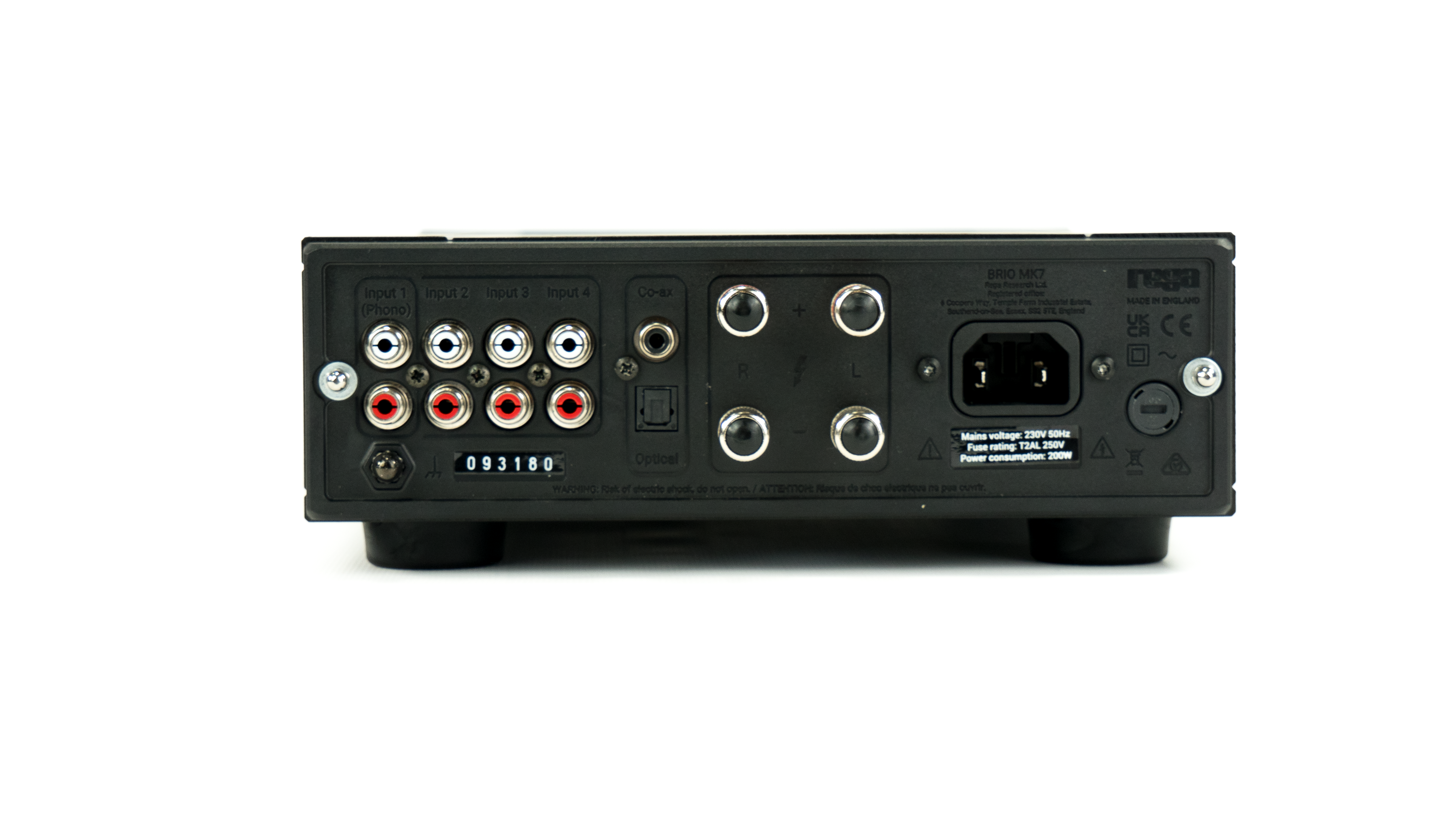
The ideal hi-fi system around the Brio MK7
Turntable : Planar 3 Nd3
Streamer : Bluesound Nano
Speakers : Revival Audio Sprint 3
Speakers cables : Audioquest Rocket II
Coaxial cable : Audioquest Cinnamon
This configuration reveals a fundamental truth of high fidelity: the overall performance of a system depends as much on the synergy between its components as on their individual qualities. Each element of this ensemble shares a common approach, favoring musicality over technical artifice, creating a sonic coherence where the whole transcends the sum of its parts. The music lover thus has a complete system capable of revealing with equal conviction the warmth of a 1960s vinyl pressing and the clinical precision of a contemporary high-resolution recording.
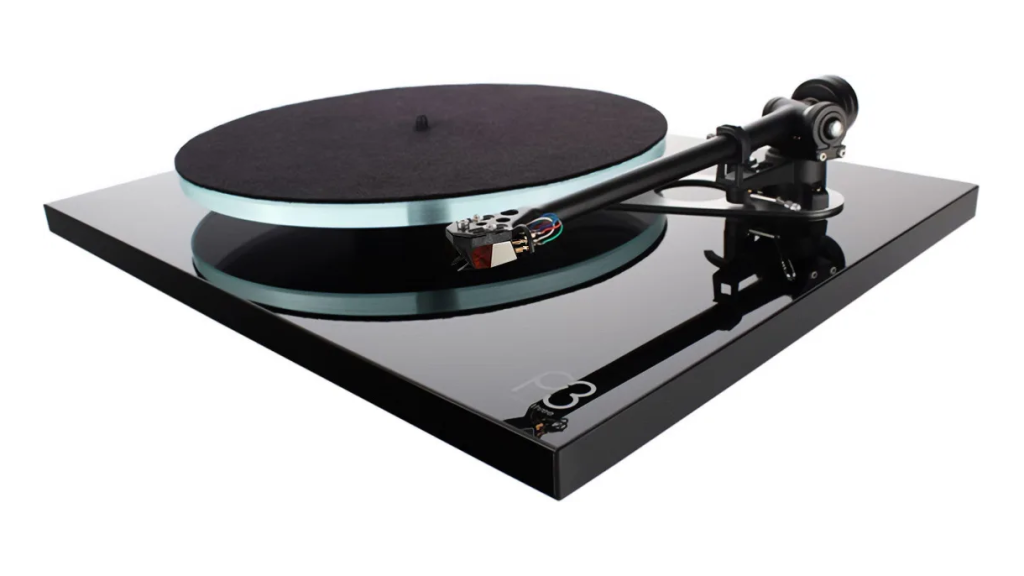
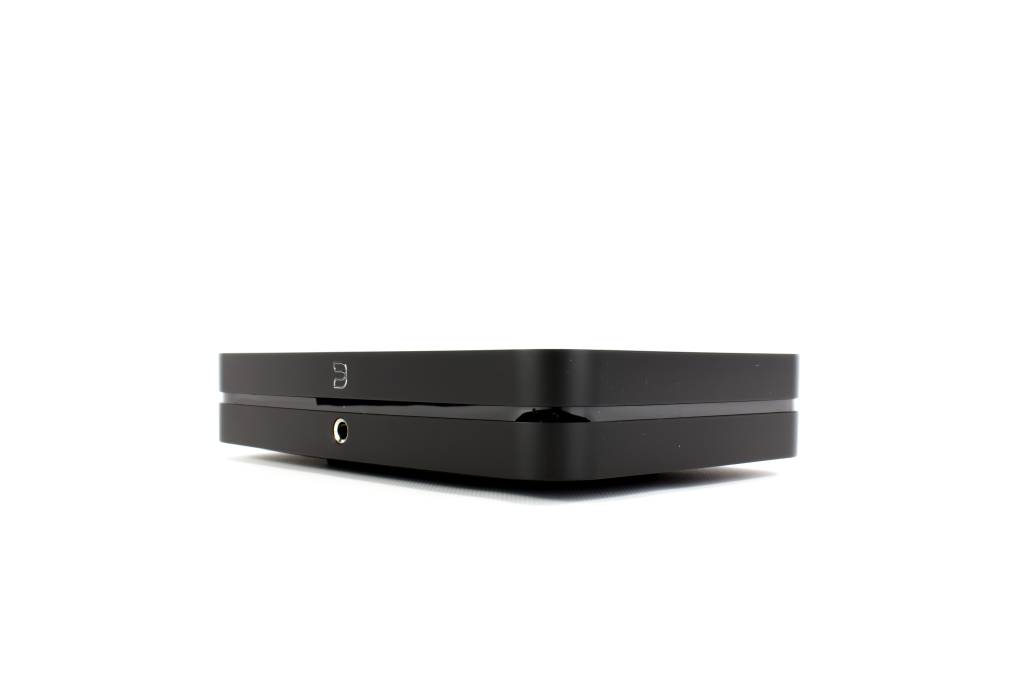
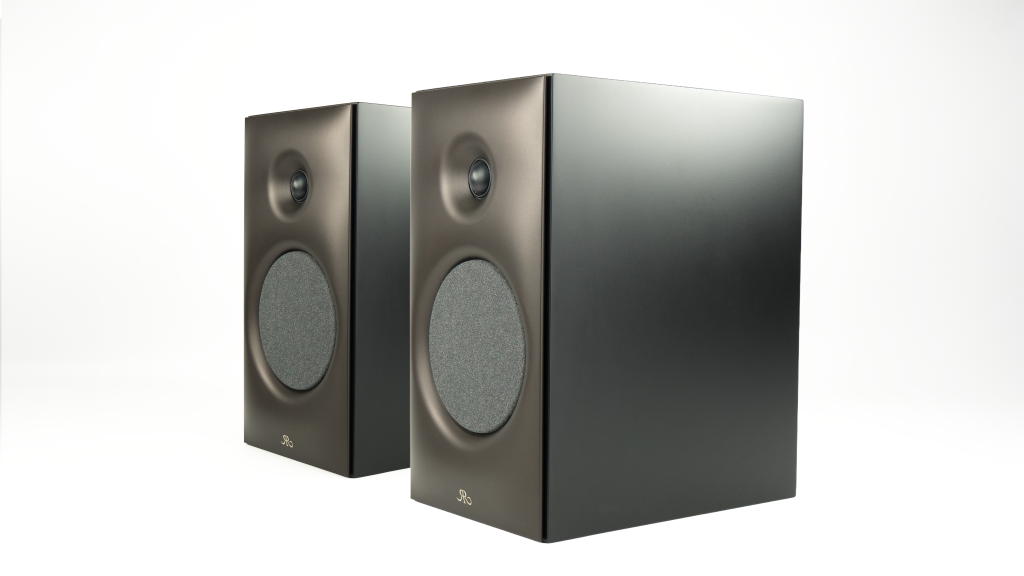
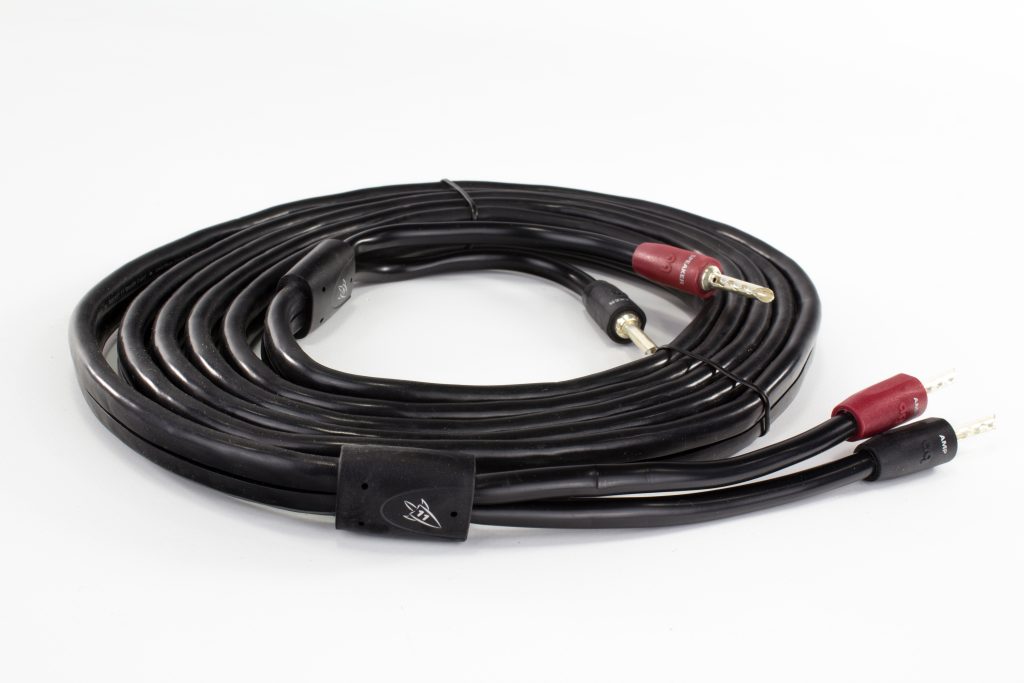
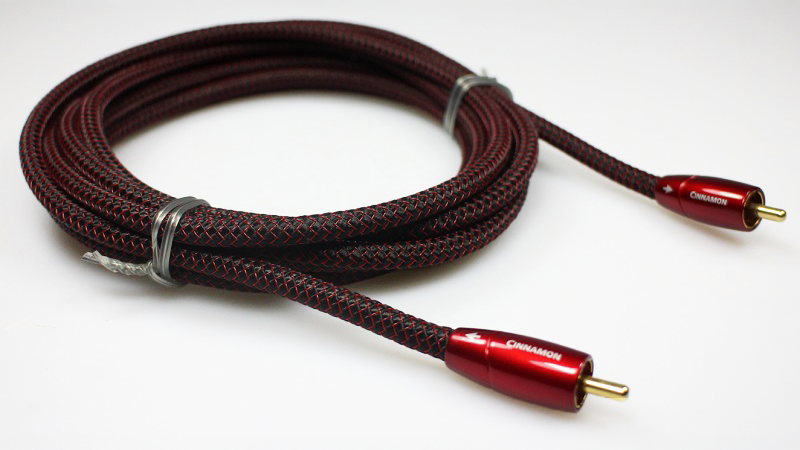
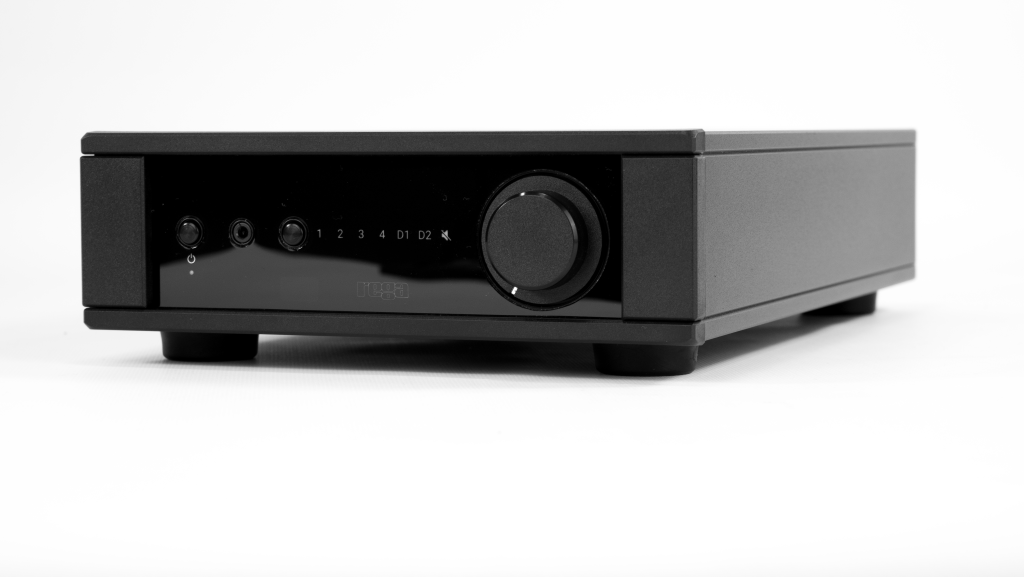
The Brio MK7 perfectly exemplifies the British approach to hi-fi, which prioritizes substance over appearance, musicality over impressive specifications. By judiciously integrating modern technologies (DAC, redesigned headphone amplification, dedicated phono power supply) while maintaining the ease of use that is the charm of the range, Rega has produced an integrated amplifier of rare consistency.
This new generation is not just an evolution, but a true renaissance that places the Brio MK7 among the essential references in its category. For the demanding music lover looking for an amplifier capable of revealing the emotion contained in their favorite recordings, the choice is disconcertingly obvious.
The Rega Brio MK7 thus establishes itself as the most accomplished integrated amplifier ever offered by the British manufacturer, a benchmark that will leave a lasting mark on this new decade in the world of high fidelity.



